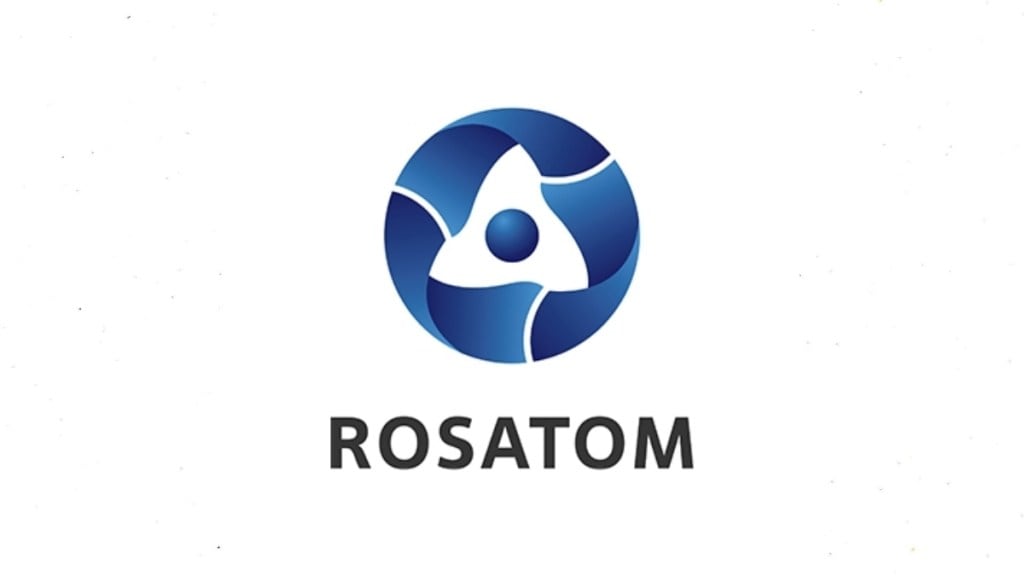As the world moves toward cleaner and more sustainable energy solutions, nuclear power continues to play a crucial role in providing a low-carbon alternative to fossil fuels. Among the most exciting advancements in nuclear technology is the development of next-generation nuclear fuels, which are set to revolutionize the energy sector.
Rosatom, the State Atomic Energy Corporation of Russia, is leading the charge in the research and development of innovative nuclear fuels, particularly for fast neutron reactors. These advancements not only promise to enhance the efficiency and safety of nuclear energy but also hold the key to reducing waste and improving sustainability in the energy mix.
Advancements in Nuclear Fuel Technology
Rosatom’s ongoing efforts in developing next-generation nuclear fuels are focused on two core fuel types: MOX (Mixed Oxide) fuel and SNUP (Uranium-Plutonium Nitride) fuel. Both fuels are being tested for use in the BN-1200 reactor, a key project that represents the next stage in Russia’s sodium-cooled fast reactor program. This reactor is designed to be the world’s first serially produced fast neutron reactor, capable of offering more sustainable and efficient energy generation.
MOX fuel, which combines plutonium oxide and depleted uranium oxide, has already been in use in Russia’s BN-800 reactor. However, the BN-1200 reactor is exploring a more advanced form of MOX fuel that features an axial blanket, which incorporates a segment of “breeding material” to improve reactor efficiency. This design reduces radiation damage to the fuel cladding, ensuring better fuel performance while maintaining high burnup levels. This approach is groundbreaking, as it marks the first practical implementation of this innovative fuel design in a fast reactor.
Meanwhile, SNUP fuel, made from a mixture of uranium and plutonium in nitride form, is being developed as a more compact and efficient fuel type for fast reactors. SNUP fuel offers several key advantages over traditional uranium dioxide fuel, including higher fuel density and superior thermal conductivity. These properties enable it to withstand higher burnups and better manage temperature fluctuations, making it ideal for use in fast reactors that require high levels of fuel efficiency and reliability.
The Role of Fast Neutron Reactors in Sustainable Energy
The BN-1200 reactor is part of a broader effort to implement Generation IV nuclear energy systems, which aim to address the limitations of conventional nuclear reactors. Fast neutron reactors, such as the BN-1200, are designed to use a wider variety of fuels, including secondary products from the nuclear fuel cycle like plutonium and transuranic elements. Unlike traditional thermal reactors, which use only a small fraction of the fuel and leave the rest as waste, fast neutron reactors can “burn” these waste products, converting them into useful energy and reducing the overall volume of radioactive waste.
This ability to recycle nuclear fuel and improve fuel efficiency significantly enhances the sustainability of nuclear power. By utilizing previously discarded elements, fast reactors can produce more fuel than they consume, offering a closed-loop solution to nuclear waste. Moreover, fast reactors also have the potential to operate with lead coolants, as demonstrated by the BREST-OD-300 reactor, which is currently under construction. Lead coolant provides additional safety benefits and makes it possible to operate the reactor at higher temperatures, further improving overall efficiency.
Testing and Validation: Ensuring Safe and Reliable Performance
Rosatom’s commitment to testing and validating these innovative fuel types is a critical part of the development process. The Beloyarsk Nuclear Power Plant (NPP) in Russia is serving as a key testing ground for these advanced fuels. For example, the SNUP fuel is currently being tested in the BN-600 reactor at Beloyarsk, with progressively higher burnup levels being achieved to push the fuel’s operational limits. Similarly, MOX fuel assemblies are undergoing rigorous testing as part of the reactor’s core loading plan, which is set for 2025.
The testing of these fuels at the Beloyarsk site is essential for validating their performance under real-world reactor conditions. It allows scientists to assess key parameters such as fuel burnup, temperature stability, and radiation resistance, ensuring that these fuels will meet the rigorous safety and efficiency standards required for commercial deployment.
Towards a Sustainable Nuclear Future
The development of advanced nuclear fuels, such as MOX and SNUP, represents a crucial step forward in the evolution of nuclear energy. These fuels not only enhance reactor efficiency and fuel utilization but also contribute to the broader goals of sustainability and environmental protection. Rosatom’s pioneering efforts align with the global push towards Generation IV nuclear systems, which prioritize enhanced safety, reduced waste, and improved fuel efficiency.


